
Robert Hutcherson was an American jazz vibraphone and marimba player. "Little B's Poem", from the 1966 Blue Note album Components, is one of his best-known compositions. Hutcherson influenced younger vibraphonists including Steve Nelson, Joe Locke, and Stefon Harris.

Brilliant Corners is a studio album by American jazz musician Thelonious Monk. It was his third album for Riverside Records, and the first, for this label, to include his own compositions. The complex title track required over a dozen takes in the studio.

Out to Lunch! is a 1964 album by jazz multi-instrumentalist Eric Dolphy. His only recording on Blue Note as a leader, it was issued as BLP 4163 and BST 84163. Featuring Dolphy in a quintet with trumpeter Freddie Hubbard, vibraphonist Bobby Hutcherson, bassist Richard Davis and drummer Tony Williams, it was generally considered by critics as one of the finest albums issued on Blue Note, and widely viewed as one of the high points of 1960s avant-garde jazz. The album cover designed by Reid Miles features a photo of a "Will Be Back" sign displayed in a shop window showing a seven handed clock.

Oblique is an album by vibraphonist Bobby Hutcherson, featuring performances by Herbie Hancock, Albert Stinson, and Joe Chambers. The album was recorded on July 21, 1967. Oblique was Hutcherson's second recording in a quartet setting, after Happenings, The personnel on Happenings are identical, save the replacement of Bob Cranshaw with Stinson, but did not get released by Blue Note until 1979 as a limited edition in Japan, followed by a regular issue in 1990.

Happenings is an album by the jazz vibraphonist Bobby Hutcherson, released in 1967 on the Blue Note label. The album contains six compositions by Hutcherson, and one by Herbie Hancock, "Maiden Voyage".
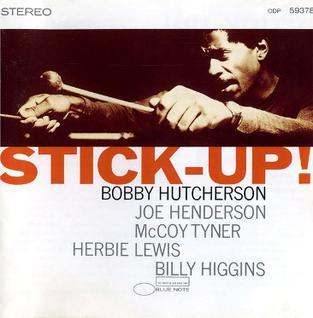
Stick-Up! is an album by the jazz vibraphonist Bobby Hutcherson, released on the Blue Note label in 1968. The album is Hutcherson's first without drummer Joe Chambers. Billy Higgins took over on drums on the recording session. It also features Joe Henderson and is the first recorded meeting of the vibrist and pianist McCoy Tyner. Five of the six tracks are Hutcherson compositions, with the exception being Ornette Coleman's "Una Muy Bonita".

Dialogue is an album by jazz vibraphonist Bobby Hutcherson, released on the Blue Note label in 1965. This was Hutcherson's first LP released as bandleader following work with Eric Dolphy. The album features four Andrew Hill compositions and two Joe Chambers pieces. It has received widespread critical acclaim and is considered by most critics one of Hutcherson's greatest achievements.
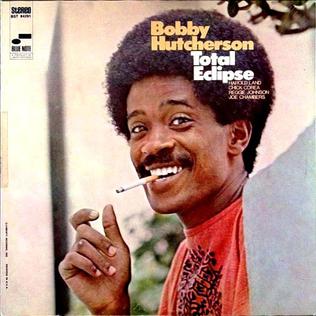
Total Eclipse is an album by jazz vibraphonist Bobby Hutcherson, released on the Blue Note label in 1969. It features Hutcherson's first recordings with saxophonist Harold Land, who would become a regular collaborator with Hutcherson throughout the early 1970s. Four of the five tracks are Hutcherson compositions, the exception being Chick Corea's "Matrix".

San Francisco is an album by jazz vibraphonist Bobby Hutcherson and saxophonist Harold Land, released on the Blue Note label in May 1971. The album features a shift away from the usual hard bop-post-bop style pursued previously by Hutcherson and Land, and shifts towards jazz fusion.

We Insist! is a jazz album which was released through Candid Records in December 1960. It contains a suite which composer and drummer Max Roach and lyricist Oscar Brown had begun to develop in 1959 with a view to its performance in 1963 on the centennial of the Emancipation Proclamation. The cover references the sit-in movement of the Civil Rights Movement. The Penguin Guide to Jazz awarded the album one of its rare crown accolades, in addition to featuring it as part of its Core Collection.
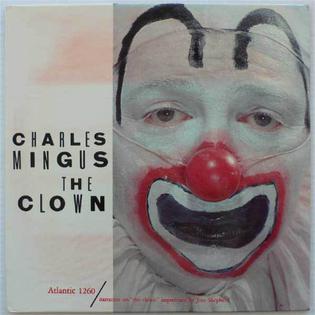
The Clown is an album by Charles Mingus, released in September 1957 on Atlantic Records as SD-1260. It is the follow-up to 1956's Pithecanthropus Erectus and features the improvised narration of Jean Shepherd. A deluxe edition of The Clown was issued in 2000 on Rhino featuring two bonus tracks. All the tracks were recorded on March 12, 1957, except for "The Clown", recorded on February 13 of the same year.

Night Dreamer is the fourth album by American jazz saxophonist Wayne Shorter. It was released in November 1964 by Blue Note Records. With a quintet of trumpeter Lee Morgan, pianist McCoy Tyner, bassist Reggie Workman and drummer Elvin Jones performing six Shorter originals.

The All Seeing Eye is the ninth jazz album by saxophonist Wayne Shorter, recorded on October 15, 1965, and released on the Blue Note label as BLP 4219 and BST 84219 in 1966. The album features performances by Shorter with trumpeter Freddie Hubbard, trombonist Grachan Moncur III, alto saxophonist James Spaulding, pianist Herbie Hancock, bassist Ron Carter and drummer Joe Chambers. Shorter's brother, Alan composed and plays fluegelhorn on the final track, “Mephistopheles”. The AllMusic review by Scott Yanow states: "it is clear from the start that the music on this CD reissue is not basic bop and blues... the dramatic selections, and their brand of controlled freedom has plenty of subtle surprises. This is stimulating music that still sounds fresh over three decades later".
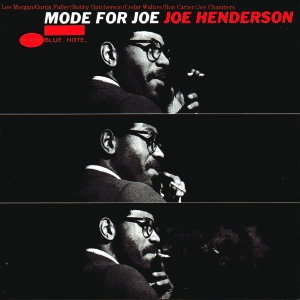
Mode for Joe is the fifth studio album by American jazz saxophonist Joe Henderson, recorded and released in 1966. Featuring Henderson with a larger than usual ensemble consisting of trumpeter Lee Morgan, trombonist Curtis Fuller, vibraphonist Bobby Hutcherson, pianist Cedar Walton, bassist Ron Carter and drummer Joe Chambers. It was Henderson’s last Blue Note recording as leader until the live albums The State of the Tenor, Vols. 1 & 2 almost 20 years later.
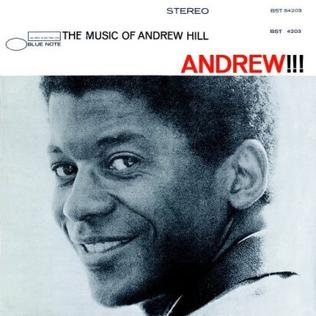
Andrew!!! is a studio album by American jazz pianist Andrew Hill recorded for Blue Note Records in 1964, but not released until April 1968, and subsequently reissued on CD in 2005 with two alternate takes. It features Hill with vibraphonist Bobby Hutcherson, bassist Richard Davis and drummer Joe Chambers, along with tenor saxophonist John Gilmore, in a rare session away from the Sun Ra Arkestra.

Leeway is an album by American jazz trumpeter Lee Morgan recorded on April 28, 1960 and released on Blue Note the following year. Morgan's quintet features saxophonist Jackie McLean and rhythm section Bobby Timmons, Paul Chambers and Art Blakey.
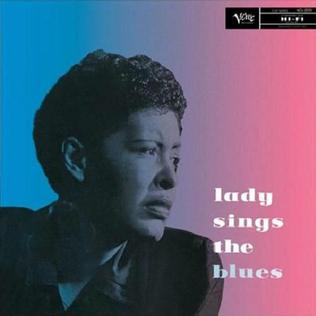
Lady Sings the Blues is an album by American jazz vocalist Billie Holiday released in December 1956. It was Holiday's last album released on Clef Records; the following year, the label would be absorbed by Verve Records. Lady Sings the Blues was taken from sessions taped during 1954 and 1956. It was released simultaneously with her ghostwritten autobiography of the same name.

Una Mas, titled Una Mas (One More Time) on the front cover, is a jazz album by trumpeter Kenny Dorham and his quintet, released in 1963 on Blue Note as BLP 4127 and BST 84127. The album would be the next-to-last studio session led by the trumpeter. Una Mas features three compositions by Dorham himself. An outtake from the session, the ballad "If Ever I Would Leave You", comes from the Broadway musical Camelot.

The Kicker is an album by the American jazz vibraphonist Bobby Hutcherson, recorded in December 1963 for Blue Note but not released on the label until 1999 as a limited edition. A month earlier, the same musicians recorded guitarist Grant Green's album Idle Moments released in 1965.
"Glass Enclosure" is a composition by jazz pianist Bud Powell. The first recording was Powell's version for Blue Note Records in 1953, which was released as part of the album The Amazing Bud Powell, Vol. 2 the following year. It was also released as one side of a single, with "I Want to Be Happy".



















